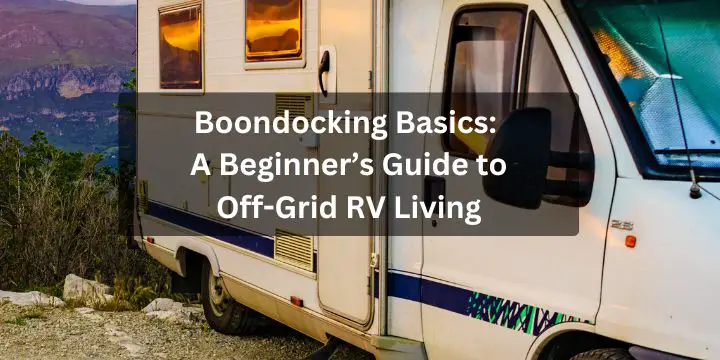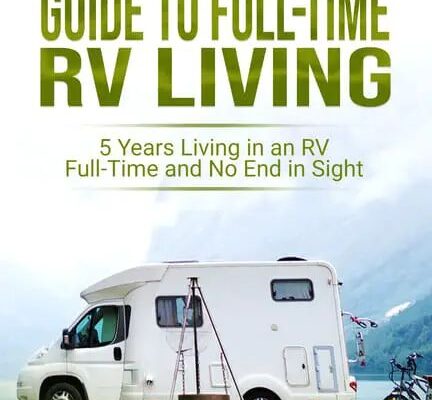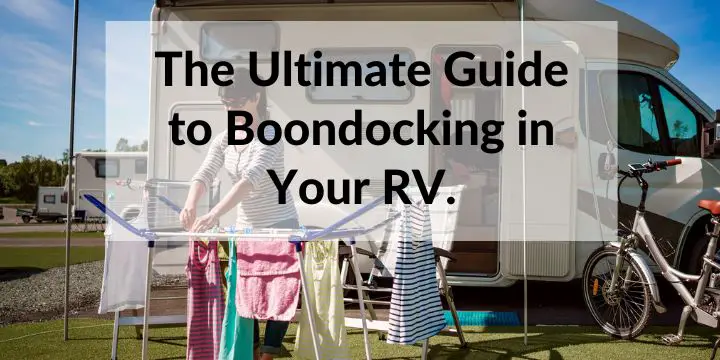
Boondocking, or dry camping, involves living in your RV without hookups for electricity, water, or sewer. This style of camping offers an unparalleled sense of freedom, allowing you to park in remote, picturesque locations far from the crowds.
However, it also comes with challenges, such as managing limited resources and ensuring your RV is equipped to handle off-grid living.
Successful boondocking requires careful planning, including finding reliable spots, preparing for self-sufficiency, and being mindful of environmental impact.
Video Overview: BOONDOCKING 101: Newbie guide to FREE CAMPING
Despite these hurdles, the rewards of solitude and immersion in nature make it a popular choice among adventurous RVers. Here’s how to get started:
- Choose the Right Spo.
- Look for public lands, such as Bureau of Land Management (BLM) areas or national forests.
- Use apps like Campendium or iOverlander to find free camping locations.
- Manage Power:
- Install solar panels or carry a generator for electricity.
- Use energy-efficient appliances and LED lights to conserve power.
- Conserve Water:
- Fill your freshwater tank before heading out.
- Use water-saving showerheads and practice short showers.
- Handle Waste Responsibly:
- Invest in a portable waste tank for gray and black water disposal.
- Locate nearby dump stations before your trip.
- Be Self-Sufficient:
- Carry enough food, toiletries, and propane for the duration of your stay.
- Keep an emergency kit and tools on hand.
- Follow Leave No Trace Principles:
- Respect nature by cleaning up after yourself and minimizing your impact.
Boondocking offers an unparalleled sense of freedom and a deeper connection to nature.
Read More: Best Road Trips for RV Travelers

